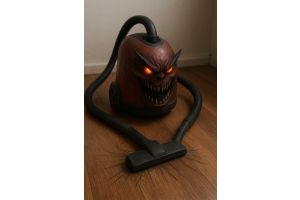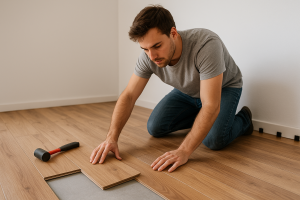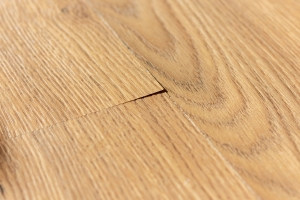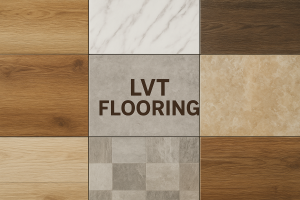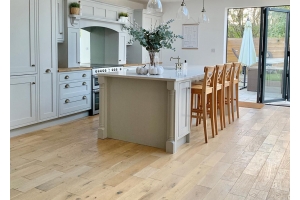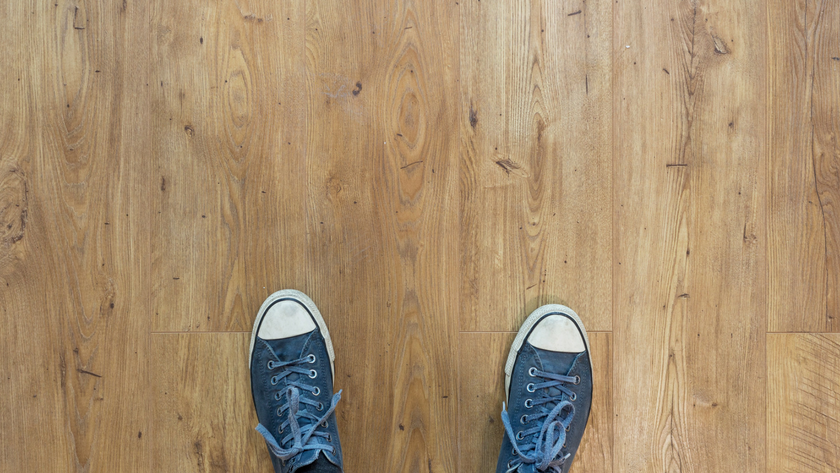
A wooden floor brings subtle elegance and instant style to a home. It isn't a cheap purchase, and there are a few things you need to do and think about before you buy or lay your wood flooring, but don't worry it's pretty straight forward and our collection of 'before you lay your wood floor' posts will provide you with the key bits of information you need and help guide you on your purchase. First on the cards is looking at 'room suitability' and where you can safely lay a wood floor.
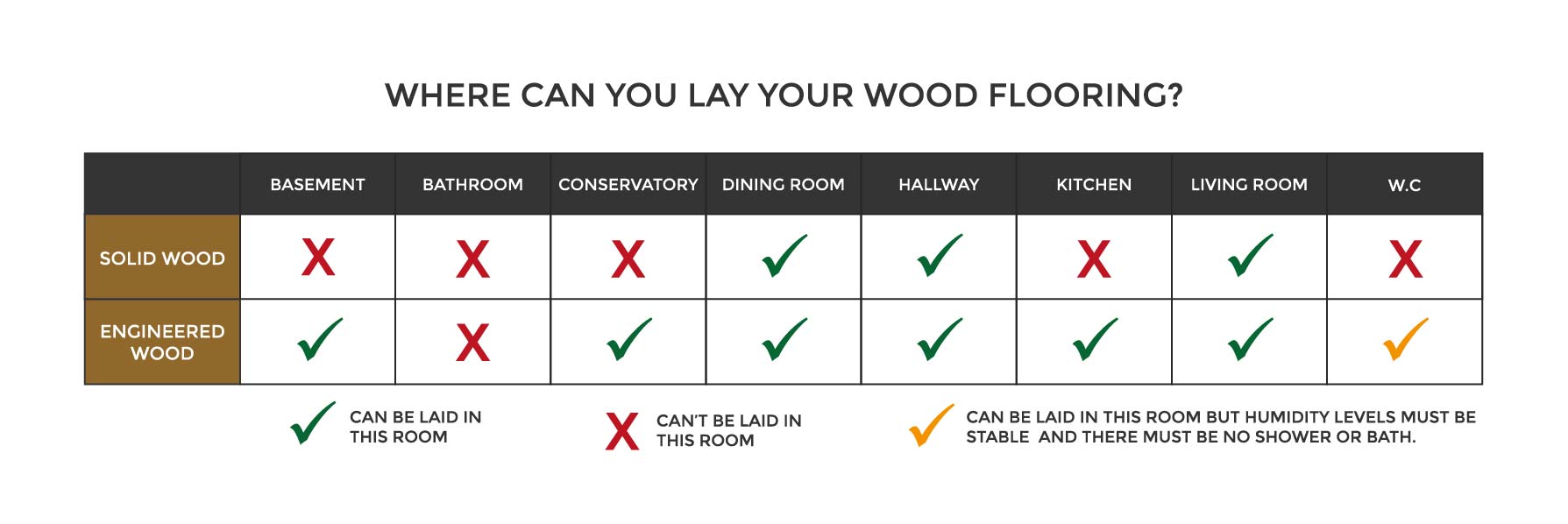
Solid Wood
A wood floor requires an environmentally stable location with no excessive humidity fluctuations and dampness. Some woods can cope with certain environments better than others. Before you choose your wood flooring, consider the room you're decorating to determine the type of wood you should buy. If you are looking at laying wood flooring in a living, dining room or even bedroom you have a choice of both solid or engineered wood - these rooms tend to be at level temperatures, are insulated and free from any dampness.
Engineered Wood
If you are looking at laying your wood in a kitchen, engineered wood is the ideal choice. In a kitchen, wooden floor will experience small heat fluctuations due to the cooker or the washing machine and may encounter minor spillages. In a conservatory, the environment tends to experience slightly more humid conditions and huge fluctuations of temperature. The surplus of glass means a conservatory can turn into a bit of a ‘heat trap’ during the day where on an evening the temperature can drop significantly due to the lack of insulation. Solid wood flooring can react badly to these fluctuations causing them to expand and contract throughout the day - this can cause the boards to lift, distort or gape.
As engineered wood has more stability than a solid wood, engineered would be the best choice, if not the only choice if you are wanting wood in your kitchen, basement or conservatory. For a conservatory it may be useful to look at a wood flooring with a UV finish as this will help to protect the wood floor from excessive sunlight.
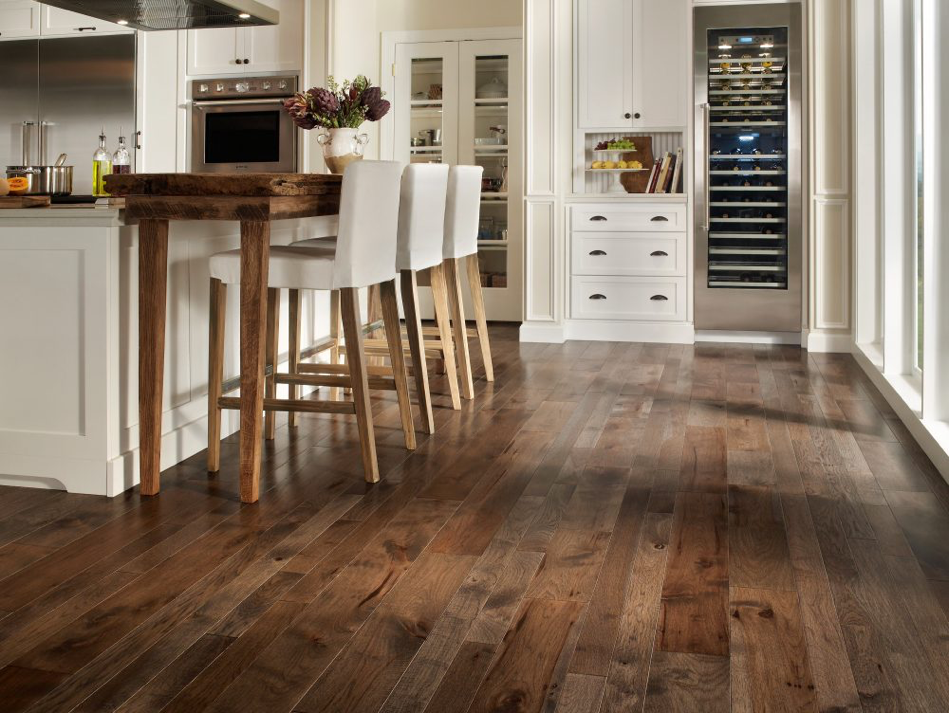 Wood Flooring for the home
Wood Flooring for the homeLuxury Vinyl Tiles
If you were thinking of laying a wood floor in a bathroom, we would advise you to avoid this altogether and choose a ‘wood’ looking flooring such as a vinyl, LVT (luxury vinyl tile) or a bathroom approved laminate. A bathroom encounters high levels of humidity and water spillages on a day-to-day basis. With wood flooring being a natural product, it reacts strongly to its environment; in particular the humidity and water. If you lay wood flooring in a bathroom, it has a high chance of suffering damage and warping. Although we don't advise it, you can use engineered wood in a bathroom with only a toilet (W.C). As long as there wasn't a risk of excessive humidity and water spillages, it should be relatively okay. It's worth noting however that there is risk involved either way. The room suitability is slightly different depending on whether you're using click or gluedown LVT.
Tip
Wherever you lay your wood floor, any water spillages require immediate cleaning. Water can severely damage the wood boards if left.
So there you go, there’s the first part to our ‘before you lay your wood floor’ series. You should now know a little more about room suitability for a wood floor. Next time we will discuss how to prepare your sub floor!
Take a look at our huge selection of wood floors now!








